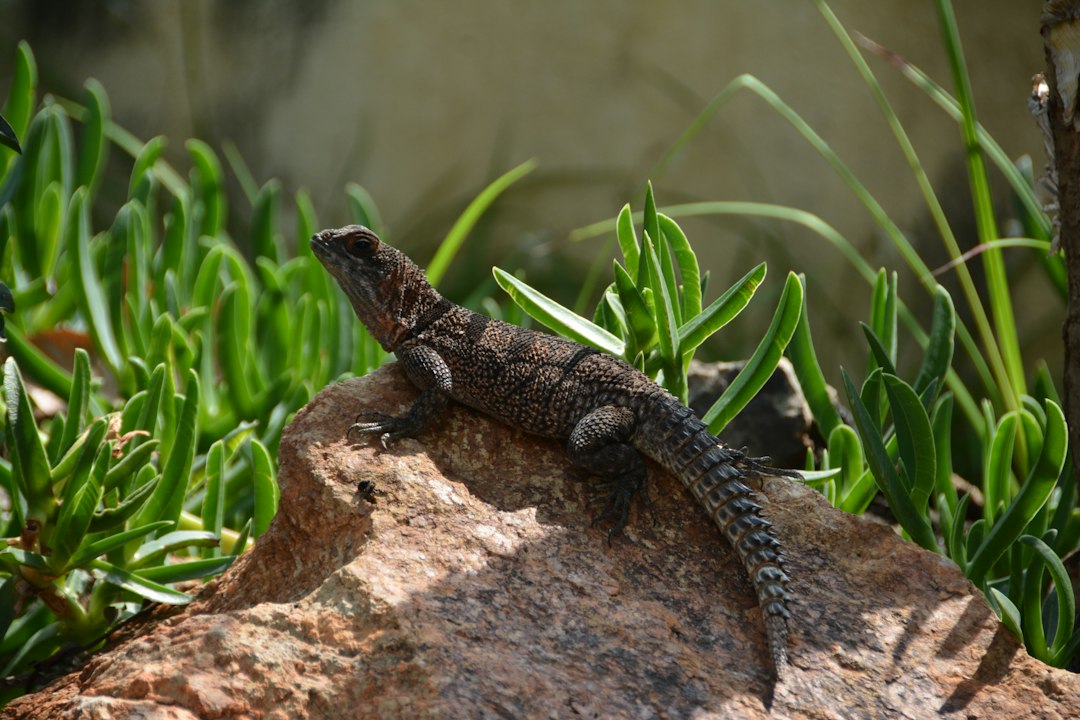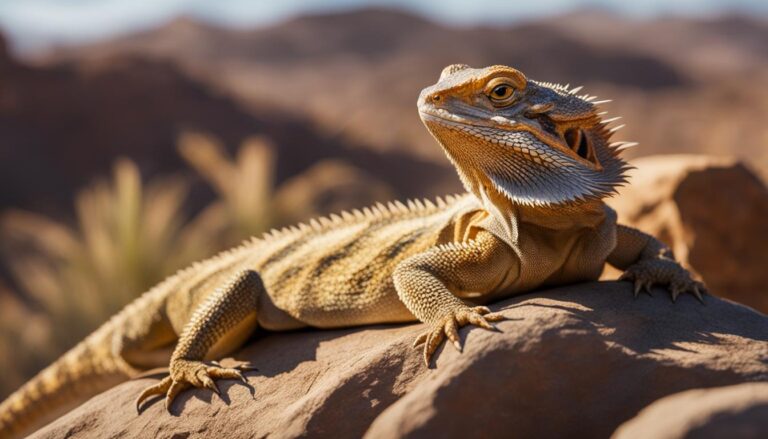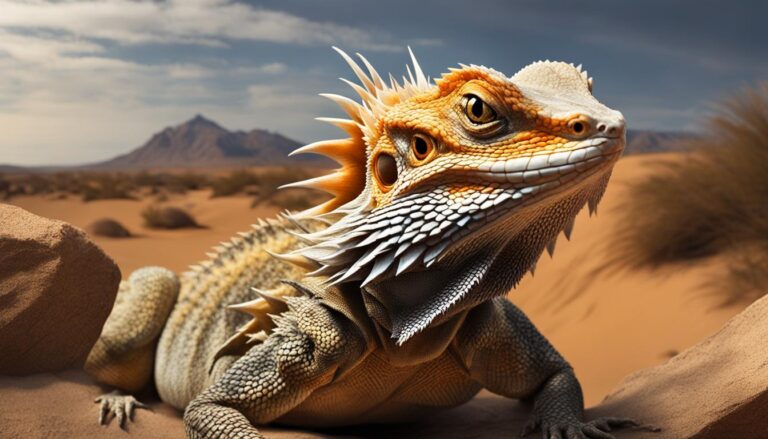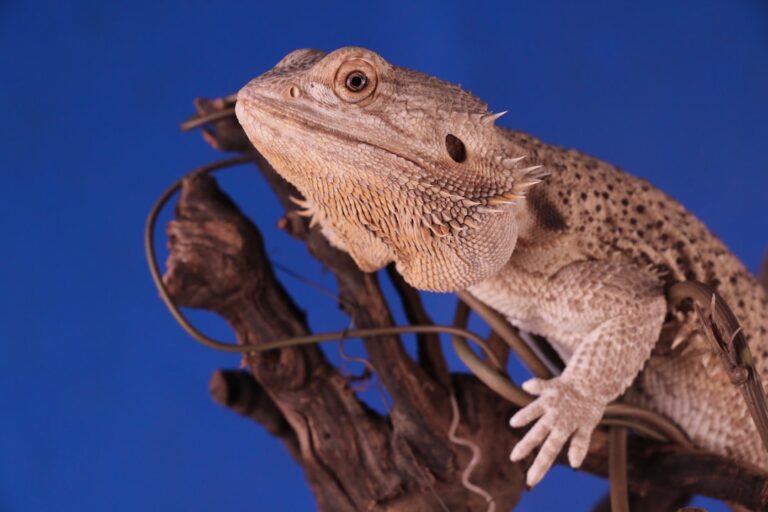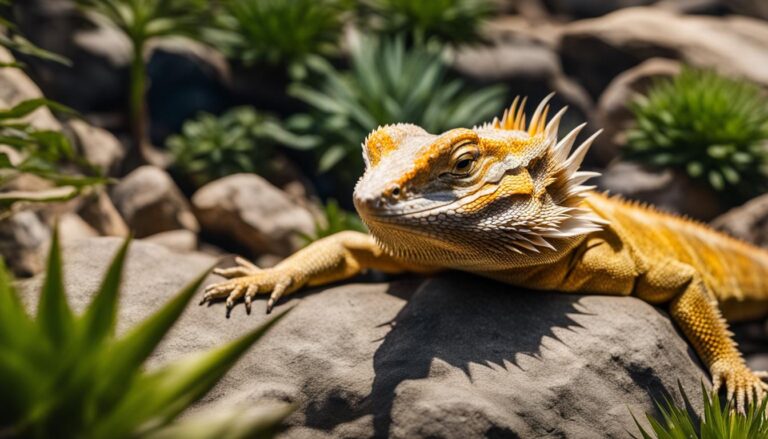Are Bearded Dragons Arboreal?
Bearded dragons, scientifically known as Pogona, are a popular choice for reptile enthusiasts as pets. They are native to Australia and are known for their unique appearance and docile nature. Bearded dragons have become increasingly popular as pets due to their relatively low maintenance requirements and their ability to bond with their owners.
However, it is important for potential owners to understand the natural habitat and behavior of bearded dragons in order to provide them with a suitable environment in captivity. By understanding their natural habitat and behavior, owners can ensure that their bearded dragons are happy and healthy.
Table of Contents
Understanding Arboreal Animals
Arboreal animals are those that primarily live in trees or spend a significant amount of time in trees. These animals have adapted to life in the trees and have specific characteristics that allow them to thrive in this environment.
One of the key characteristics of arboreal animals is their ability to climb. They have specialized limbs and claws that allow them to grip onto tree branches and move effortlessly through the trees. Additionally, arboreal animals often have long tails that help them maintain balance while climbing.
Examples of arboreal animals include monkeys, sloths, tree frogs, and certain species of snakes. These animals have evolved to live in the trees and have specific adaptations that allow them to navigate their arboreal habitats.
The Natural Habitat of Bearded Dragons
Bearded dragons are native to the arid regions of Australia, primarily found in the central and western parts of the country. Their natural habitat consists of rocky outcrops, deserts, and scrublands.
The climate in their natural habitat is characterized by hot temperatures during the day and cooler temperatures at night. Bearded dragons have adapted to these extreme temperature fluctuations by basking in the sun during the day to absorb heat and retreating to cooler areas at night.
The vegetation in their natural habitat consists mainly of low-lying shrubs and grasses. These provide cover and food for bearded dragons, as they are omnivorous and eat a variety of insects, plants, and even small vertebrates.
Do Bearded Dragons Climb Trees?
While bearded dragons are not considered arboreal animals, they do have some climbing abilities. In the wild, bearded dragons are often found perched on rocks or low-lying branches, using them as vantage points to spot prey or potential predators.
Bearded dragons have strong limbs and sharp claws that allow them to climb relatively easily. However, they are not as adept at climbing as true arboreal animals like monkeys or tree frogs. Their climbing behavior is more limited to low-lying branches and rocks rather than scaling tall trees.
The Importance of Basking Spots for Bearded Dragons
Basking spots are an essential component of a bearded dragon’s enclosure. These spots mimic the natural habitat of bearded dragons and provide them with the necessary heat and UVB light they need to thrive.
In their natural habitat, bearded dragons spend a significant amount of time basking in the sun to regulate their body temperature. Basking spots in captivity should replicate this natural behavior by providing a heat source, such as a basking lamp or heat mat, and a UVB light source.
Basking spots not only provide the necessary heat and light for bearded dragons but also offer them a sense of security. Bearded dragons feel safe and comfortable when they have a designated basking spot where they can relax and soak up the warmth.
The Role of Branches and Perches in Bearded Dragon Enclosures
While bearded dragons may not be true arboreal animals, providing branches and perches in their enclosure can enhance their overall well-being. These climbing opportunities allow bearded dragons to exercise their natural instincts and provide mental stimulation.
Branches and perches can be placed at different heights in the enclosure to create a multi-level environment for the bearded dragon. This allows them to explore and move around their enclosure, mimicking their natural behavior in the wild.
Additionally, branches and perches provide bearded dragons with different vantage points and hiding spots. This can help reduce stress and provide them with a sense of security in their enclosure.
Can Bearded Dragons Live in Vertical Terrariums?
Vertical terrariums, also known as vivariums, are becoming increasingly popular for reptile keepers. These enclosures are designed to mimic a natural habitat by providing vertical space for climbing and exploring.
While bearded dragons may not be true arboreal animals, they can still benefit from a vertical terrarium setup. The advantages of vertical terrariums include increased space for climbing, more opportunities for enrichment, and the ability to create a more naturalistic environment.
However, it is important to consider the size and needs of the bearded dragon when choosing a vertical terrarium. Bearded dragons require ample floor space to move around and should not be confined to a small vertical enclosure.
The Benefits and Risks of Arboreal Environments for Bearded Dragons
Providing an arboreal environment for bearded dragons can have several benefits. It allows them to exercise their natural instincts, provides mental stimulation, and creates a more enriching environment overall.
However, there are also potential risks and challenges associated with keeping bearded dragons in an arboreal setup. One of the main risks is the potential for falls or injuries if the climbing structures are not secure or if the bearded dragon is not accustomed to climbing.
Additionally, arboreal environments may require more maintenance and cleaning compared to traditional enclosures. The climbing structures may need to be regularly inspected for wear and tear, and any waste or debris that accumulates on the branches or perches will need to be cleaned.
How to Create a Safe and Stimulating Arboreal Setup for Bearded Dragons
Creating a safe and stimulating arboreal setup for bearded dragons requires careful planning and consideration. Here is a step-by-step guide on how to create an arboreal setup for your bearded dragon:
1. Choose the right enclosure: Select an enclosure that provides ample floor space for your bearded dragon to move around. A vertical terrarium can be used, but make sure it is large enough to accommodate the bearded dragon comfortably.
2. Provide climbing structures: Install branches, perches, and other climbing structures at different heights in the enclosure. Make sure they are securely attached and can support the weight of the bearded dragon.
3. Create hiding spots: Place plants, rocks, or other decorations in the enclosure to create hiding spots for the bearded dragon. This will provide them with a sense of security and privacy.
4. Install basking spots: Set up basking spots with a heat source and UVB light to mimic the natural habitat of bearded dragons. Make sure the temperature and lighting are appropriate for your specific species of bearded dragon.
5. Monitor and maintain: Regularly inspect the climbing structures for any signs of wear or damage. Clean the enclosure regularly to remove waste or debris that may accumulate on the branches or perches.
Understanding the Needs of Bearded Dragons in Captivity
In conclusion, understanding the natural habitat and behavior of bearded dragons is crucial for providing them with a suitable environment in captivity. While they may not be true arboreal animals, bearded dragons can still benefit from climbing structures and an arboreal setup.
By providing basking spots, branches, and perches, owners can create a safe and stimulating environment for their bearded dragons. However, it is important to consider the size and needs of the bearded dragon when choosing an enclosure and to regularly monitor and maintain the climbing structures.
Overall, by understanding and meeting the needs of bearded dragons in captivity, owners can ensure that their pets are happy, healthy, and thriving.
If you’re interested in learning more about the behavior and habitat preferences of reptiles, you might also enjoy reading the article “Are Turtles Dumb?” on Reptile Friend’s website. This article explores the intelligence of turtles and challenges common misconceptions about their cognitive abilities. Discover fascinating insights into the world of turtles and expand your knowledge of these intriguing creatures. Read more

